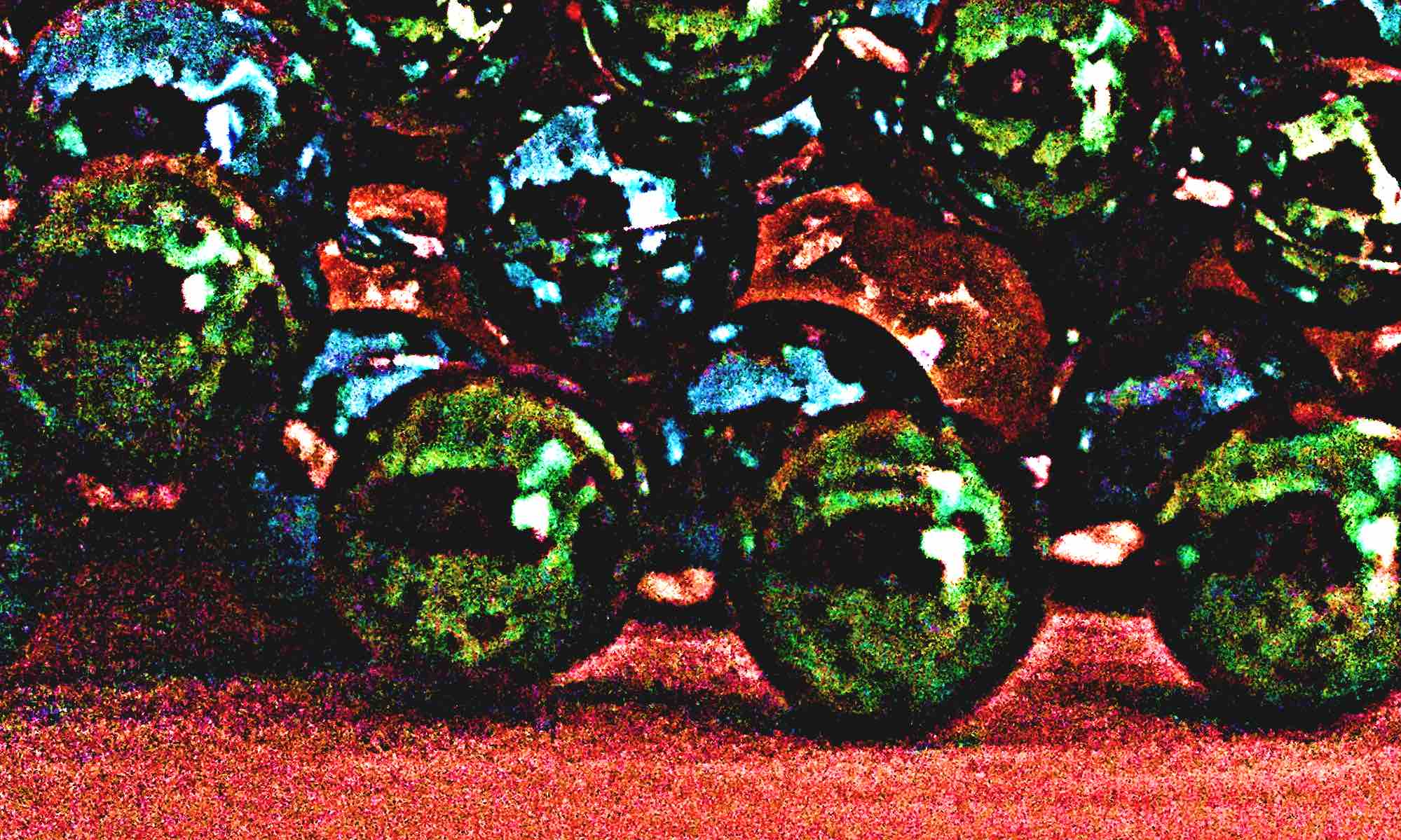Binary Contradiction 2
 In the first post where I talked about binary contradiction. I wrote about one way to solve the problem of binary thinking. In this post, I write about a second mechanism. Previously, I used this definition for binaries. Binaries have two requirements. They need to be two elements in opposition to each other. The “on” needs to have the “off” as a binary counterpart.
In the first post where I talked about binary contradiction. I wrote about one way to solve the problem of binary thinking. In this post, I write about a second mechanism. Previously, I used this definition for binaries. Binaries have two requirements. They need to be two elements in opposition to each other. The “on” needs to have the “off” as a binary counterpart.
I want to elaborate on the first section. How can we have two elements but more than two identities? One way to think about this is to imagine two colors, blue and yellow. Now add one drop of blue into a page and add a drop of yellow on top of the blue. The result is a drop of green. Using this line of thinking, we can get a third alternative that arises from the two original binary. This same model a can be used to get at a fourth alternative if we consider that the order of how we combine them matters.
—
Subscríbete a mi boletín! Clickea aquí!
Check out other posts: Un Par de Colochos, Piña a Colores y Before and After the Winter Snow















